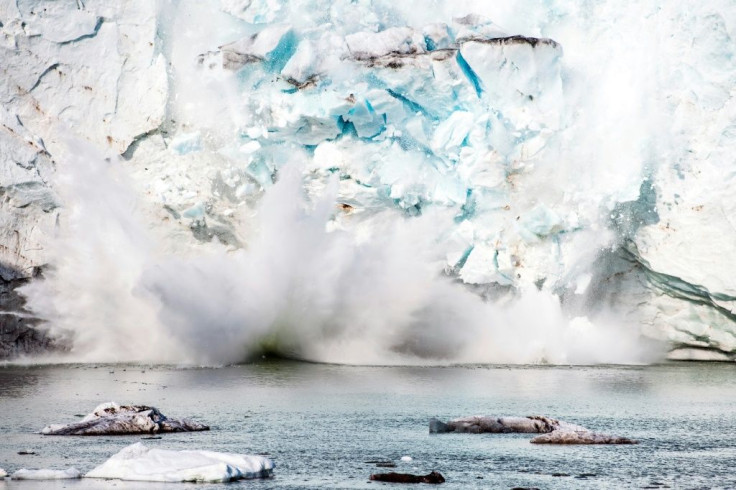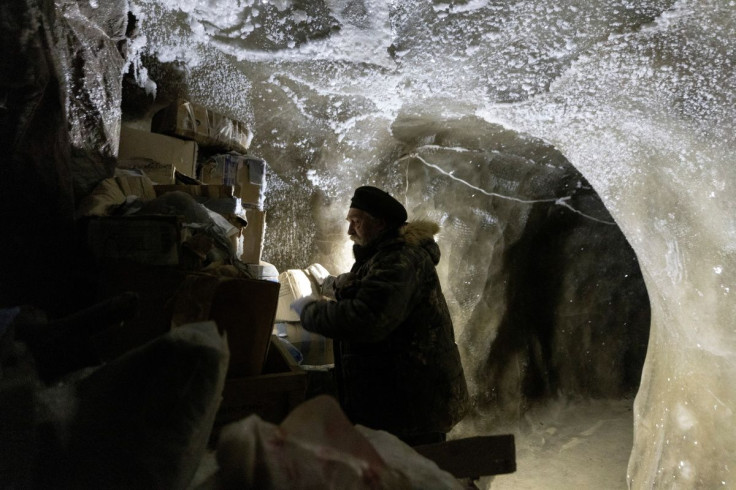Scientists Revive Infectious 'Zombie' Virus From 48,500 Years Ago

KEY POINTS
- The scientists tested samples to see whether any viral particles contained in the frozen layer of soil are still infectious
- The age of the virus is currently the oldest in the world
- The scientists study viruses that could only target amoebas, not animals or humans
As global warming accelerates the thawing of the Arctic region's permafrost, scientists have revived a possibly still infectious "zombie" virus from 48,500 years ago.
The virus was one of several strains of ancient virus that Aix-Marseille University School of Medicine Emeritus professor of medicine and genomics Jean-Michel Claverie and his team isolated from samples of permafrost taken from seven areas across Siberia, according to their research published Feb. 18 in the journal Viruses.
Permafrost is a layer of earth that has remained frozen for at least two years straight. The world's oldest permafrost, found in Siberia, has been frozen for over 650,000 years.
Claverie and his team isolated the 48,500-year-old "zombie" virus from a sample of earth taken from an underground lake 52 feet below the surface. The youngest samples, found in the stomach contents and coat of a woolly mammoth's remains, were 27,000 years old.
The strains Claverie and his team isolated represented five new families of viruses.
In their study, Claverie and his team confirmed the ability of large DNA viruses to infect a type of amoeba they used for research.
"Following initial reports published more than five years ago, this study confirms the capacity of large DNA viruses infecting Acanthamoeba to remain infectious after more than 48,500 years spent in deep permafrost," the study read.
Claverie tested earth samples taken from Siberian permafrost to see whether any viral particles contained in the frozen layer of soil are still infectious in order to better understand the risks posed by frozen viruses, CNN reported.
"There's a lot going on with the permafrost that is of concern, and [it] really shows why it's super important that we keep as much of the permafrost frozen as possible," Kimberley Miner, a climate scientist at the NASA Jet Propulsion Laboratory at the California Institute of Technology in Pasadena, California, told CNN.
Claverie's efforts to detect viruses frozen in permafrost were partly inspired by a team of Russian scientists who in 2012 revived a wildflower from a 30,000-year-old seed tissue found in a squirrel's burrow.
Claverie's team mostly uncovered viruses that infect only amoebas, not animals or humans, and therefore were not direct threats to public health. However, the viruses' ability to live and replicate could be an indication that dormant viruses dangerous to humans could also be revived from the melting ice.
"The public health risk is coming from the accelerated release of previously frozen viruses combined with increased human exposure, since global warming is also making Arctic areas much more accessible to industrial development," Claverie told Newsweek last year.
Claverie told CNN, "We view these amoeba-infecting viruses as surrogates for all other possible viruses that might be in the permafrost. We see the traces of many, many, many other viruses. So we know they are there. We don't know for sure that they are still alive. But our reasoning is that if the amoeba viruses are still alive, there is no reason why the other viruses will not be still alive, and capable of infecting their own hosts."
In 2014, Claverie also managed to revive a virus he and his team isolated from the permafrost. The team made the 30,000-year-old virus infectious again by inserting it into cultured cells, according to CNN.
A year later, he also isolated different viruses that also targeted only amoebas for safety.
But the 48,500-year-old pandoravirus is the oldest virus to have been revived so far, Claverie said in an interview with New Scientist.
"48,500 years is a world record," Claverie told the magazine last year.

© Copyright IBTimes 2025. All rights reserved.





















